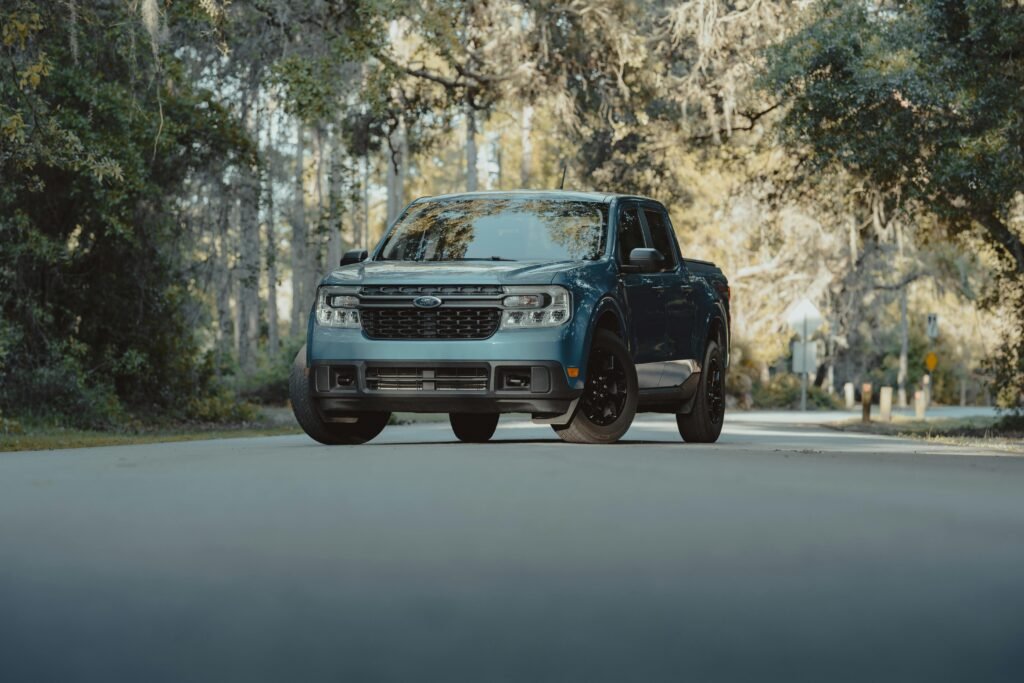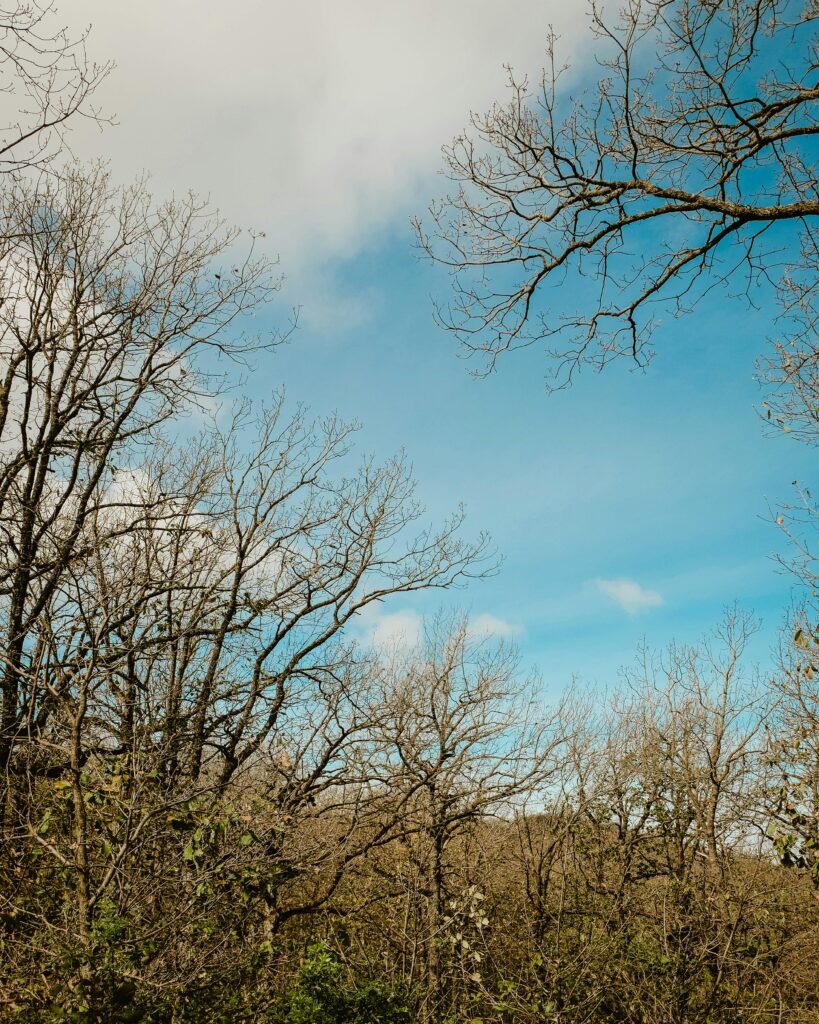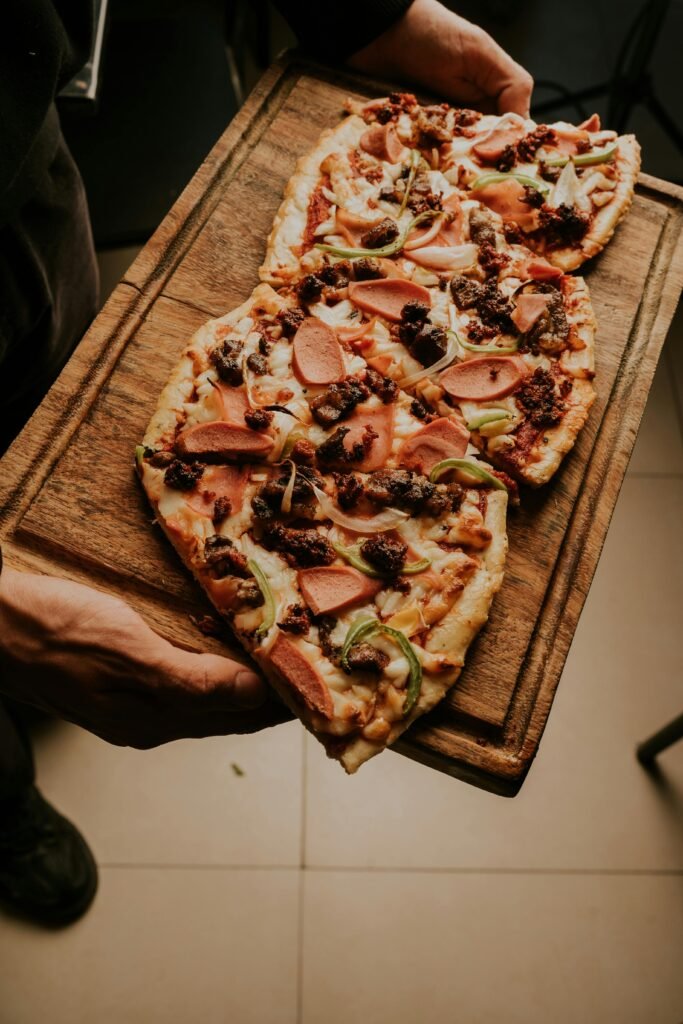Are you curious about the various types of wood used in crate production? Look no further! In this comprehensive guide, we will explore the different wood species commonly used in the manufacturing of crates. From sturdy oak to elegant mahogany, each wood type offers unique characteristics and benefits. Whether you are a crate manufacturer or simply interested in learning more about wood options, this article will provide you with valuable insights and knowledge. So sit back, relax, and let’s embark on this fascinating journey into the world of wood species used in crate production.
A Comprehensive Guide to Wood Species Used in Crate Production
When it comes to crate production, choosing the right wood species is crucial for ensuring the strength, durability, and overall quality of the crates. In this comprehensive guide, we will explore the different types of wood species commonly used in crate manufacturing, their characteristics, and the advantages and disadvantages of each.

This image is property of images.pexels.com.
Hardwood Species
Hardwood species are known for their durability and resilience, making them a popular choice for crate production. Oak, Walnut, Cherry, Maple, and Birch are some of the most commonly used hardwood species in this industry.
- Oak: Oak is a sturdy hardwood with a distinctive grain pattern that adds a touch of elegance to crates. It has excellent hardness and durability, making it suitable for heavy-duty applications.
- Walnut: Walnut wood is prized for its rich brown color and beautiful grain patterns. It is moderately hard, making it ideal for crates that require both strength and aesthetic appeal.
- Cherry: Cherry wood is known for its reddish-brown hue and smooth grain. It is a softer hardwood, making it more suitable for crates that won’t undergo heavy use.
- Maple: Maple wood is renowned for its light color and fine grain. It is an exceptionally hard and durable wood that can withstand wear and tear, making it an excellent choice for crates that need to last.
- Birch: Birch wood is light in color and has a fine texture. It has good strength properties but is not as hard as some other hardwood species. Birch is commonly used for crates that require a balance of durability and affordability.
Softwood Species
Softwood species, though not as dense as hardwoods, have their own unique advantages in crate production. Pine, Cedar, Spruce, Fir, and Redwood are popular choices for softwood crates.
- Pine: Pine wood is lightweight, easy to work with, and has a pale yellow hue. It may not be as strong as hardwoods, but it is affordable and widely available, making it a popular choice for crates.
- Cedar: Cedar wood has a rich golden-brown color and a delightful aroma. It is naturally resistant to decay, making it a suitable choice for crates that will be exposed to moisture.
- Spruce: Spruce wood is light in color and has a straight grain. It is relatively soft, making it easy to work with, but may not be as durable as some other wood species.
- Fir: Fir wood is known for its light-colored appearance and straight grain. It is moderately strong and has good dimensional stability, making it a viable option for crate production.
- Redwood: Redwood is a beautiful and durable softwood species with reddish-brown tones. It has excellent resistance to decay and is often used for outdoor crates or those that will be exposed to harsh conditions.
Exotic Wood Species
For those looking for a more unique and luxurious option, exotic wood species offer distinct characteristics and visual appeal that can elevate crate production. Mahogany, Teak, Rosewood, Ebony, and Zebrawood are highly sought-after choices.
- Mahogany: Mahogany wood is known for its deep reddish-brown color and exceptional durability. It has a straight grain and is resistant to warping and decay, making it a popular choice for high-end crates.
- Teak: Teak is a tropical hardwood with a rich golden-brown color. It is highly resistant to moisture, decay, and insect damage, making it a preferred choice for outdoor crates or those with exposure to water.
- Rosewood: Rosewood is prized for its dark, reddish-brown color and distinctive grain patterns. It is a dense and durable wood that adds a touch of elegance to crates.
- Ebony: Ebony wood is known for its jet black color and incredible hardness. It is a premium wood species that exudes sophistication and elegance, but its high cost makes it less common in crate production.
- Zebrawood: Zebrawood gets its name from the striking zebra-like stripes that adorn its surface. It is a durable hardwood that adds a unique aesthetic appeal to crates.
Sustainable Wood Species
In today’s eco-conscious world, using sustainable wood species in crate production is becoming increasingly important. Bamboo, Cork, Acacia, Rubberwood, and Reclaimed Wood are excellent choices for those looking to minimize their environmental impact.
- Bamboo: Bamboo is a fast-growing grass that is highly sustainable and renewable. It is incredibly strong, lightweight, and resistant to moisture, making it an eco-friendly alternative for crate production.
- Cork: Cork is harvested from the bark of cork oak trees without harming or cutting them down. It is lightweight, buoyant, and has excellent insulation properties, making it an excellent choice for specialized crates.
- Acacia: Acacia wood is derived from the acacia tree, which is known for its fast growth and sustainability. It has a beautiful natural color and grain patterns, making it a favored choice for eco-friendly crates.
- Rubberwood: Rubberwood is the wood harvested from rubber trees, which are sustainably tapped for latex production. It has good strength characteristics and is often used in crates that require a balance of sustainability and affordability.
- Reclaimed Wood: Reclaimed wood refers to wood that has been salvaged from old structures and repurposed for crate production. It not only reduces the demand for new timber but also gives crates a unique, rustic charm.

This image is property of images.pexels.com.
Characteristics of Wood Species
When choosing the right wood species for crates, it is essential to consider their specific characteristics.
- Grain Pattern: Grain pattern refers to the unique arrangement and appearance of wood fibers. Some species have distinct grain patterns, such as the prominent patterns found in oak or the delicate patterns in maple.
- Color: Wood species vary in color, ranging from light to dark shades, and can have natural variations within the same species. The color of the wood can significantly impact the overall aesthetic of the crate.
- Hardness: Hardness determines the wood’s ability to resist indentation and wear. Some species, like oak and maple, are exceptionally hard and durable, while others, like cedar and pine, are softer.
- Durability: Durability refers to the wood’s natural resistance to decay, moisture, and insect infestation. Hardwoods like mahogany and teak tend to be highly durable, making them suitable for outdoor or high-moisture environments.
- Workability: Workability pertains to how easily the wood can be manipulated and shaped. Some species, such as spruce and pine, are easier to work with due to their softness, while others, like ebony, can be more challenging to carve or shape.
Choosing the Right Wood Species for Crates
When choosing the right wood species for crates, several factors must be taken into consideration.
- Strength and Stability: Crates should be made from wood species that provide the necessary strength and stability for the intended purpose. Hardwoods like oak and walnut are excellent choices for heavy-duty crates, while softer woods like pine may be suitable for lighter items.
- Moisture Resistance: Depending on the application, crates may need to withstand exposure to moisture. In such cases, woods like cedar and teak, which have natural resistance to water, can be preferable.
- Aesthetic Appeal: The appearance of the crates can have a significant impact, particularly when they are used for display or packaging purposes. Choosing a wood species with desirable grain patterns and colors, such as cherry or rosewood, can enhance the aesthetic appeal of the crates.
- Environmental Considerations: With sustainability becoming increasingly crucial, opting for wood species that are eco-friendly, like bamboo or reclaimed wood, can help reduce the environmental impact of crate production.
- Availability and Cost: Some wood species may be more readily available or affordable than others. Considering factors such as local availability and budget constraints can help streamline the wood selection process.

This image is property of images.pexels.com.
Treatment and Preservation of Wood Species
To ensure the longevity and durability of crates, proper treatment and preservation methods are essential.
- Kiln Drying: Kiln drying is a process that removes moisture from the wood, reducing the chances of warping, shrinking, or cracking. It helps stabilize the wood and prepares it for use in crate production.
- Pressure Treatment: Pressure treatment involves forcing preservatives into the wood to protect it from decay, insects, and other environmental factors. This treatment is particularly important for crates that will be exposed to outdoor or high-moisture conditions.
- Surface Coatings: Applying surface coatings such as varnish, paint, or wood sealants can provide additional protection to the wood, preventing moisture absorption and enhancing its overall durability.
- Annual Maintenance: Regular maintenance, including cleaning and reapplying surface coatings, can help extend the lifespan of crates and minimize the risk of damage from environmental factors.
- Preventing Insect Infestation: Taking preventive measures to ward off insects is crucial for protecting the wood. This can include using insect-repellent coatings or storing crates in an insect-free environment.
Common Uses of Wood Species in Crate Production
Wood species are widely used in crate production due to their versatility and strength. Some common uses include:
- Shipping and Transportation: Wood crates are commonly used for transporting goods, providing protection and stability during transit.
- Storage and Warehousing: Wooden crates are ideal for storing and organizing items in warehouses, optimizing space utilization and easy access.
- Moving and Relocation: When moving or relocating, sturdy wooden crates provide a secure way to transport belongings, protecting them from damage.
- Display and Packaging: Wooden crates with appealing aesthetics are often used for product displays or as packaging solutions, adding a rustic or upscale appearance to the presentation.
- Furniture and Decor: Wood species with desirable characteristics, such as oak or walnut, are frequently used in the production of furniture or decor items, adding a touch of natural beauty to living spaces.
Advantages and Disadvantages of Wood Species for Crates
Understanding the advantages and disadvantages of different wood species is crucial for making informed decisions in crate production.
- Strength and Durability: Hardwood species like oak and walnut offer excellent strength and durability, making them suitable for heavy-duty crates. Softwoods like pine, on the other hand, may be less durable but offer affordability.
- Aesthetics: Different wood species have distinct grain patterns and colors, providing various aesthetic options for crates. However, some exotic wood species like ebony may be more expensive and less readily available.
- Weight: The weight of the wood species can impact the overall weight of the crates, affecting transportation costs. Softwood species like spruce or pine are lightweight, while hardwoods like oak or walnut are denser.
- Cost: The cost of wood species varies based on factors such as availability and demand. Exotic woods like rosewood or zebrawood can be expensive, while softwoods like pine are generally more affordable.
- Environmental Impact: Using sustainable wood species or reclaimed wood contributes to eco-friendly crate production. However, some hardwood species may come from unsustainable sources or contribute to deforestation.
Conclusion
In conclusion, choosing the right wood species for crate production involves considering various factors such as strength, durability, moisture resistance, aesthetic appeal, environmental impact, availability, and cost. By understanding the characteristics and advantages of different wood species, crate manufacturers can ensure that they select the most suitable material for their specific needs. Additionally, proper treatment and maintenance methods can enhance the longevity and protectiveness of the crates. Wood species offer versatility and a wide range of applications in crate production, making them a popular choice for shipping, storage, display, and even furniture. By carefully evaluating the pros and cons of different wood species, crate manufacturers can create durable, functional, and visually appealing crates.
